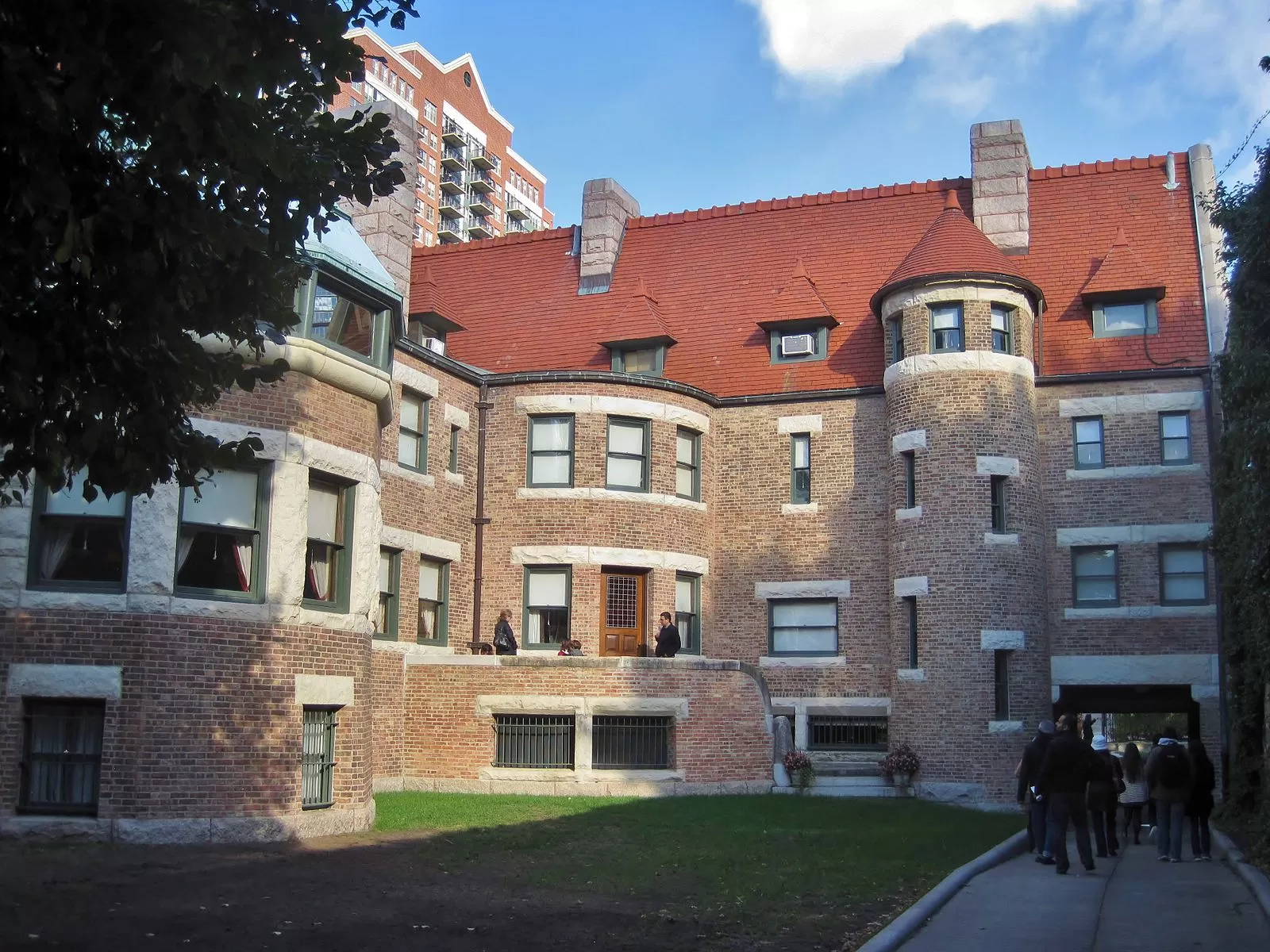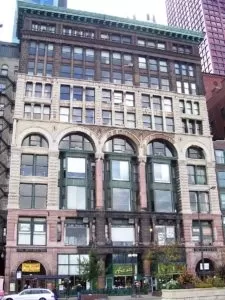Chicago As an “Arts & Crafts Nexus”: A Conference Returns to the Windy City
by Kate Nixon
Chicago will play host to the 23rd Annual Conference on the Arts & Crafts Movement starting September 23rd through September 26th, organized by Initiatives in Art and Culture, an organization dedicated to educating audiences in visual cultures including fine and decorative arts. Initiatives in Art and Culture holds several conferences, webinars and exhibitions throughout the year and this year holds plenty of meaning since participants will be viewing special tours together in person again. President Lisa Koenigsberg says she is thrilled to return to Chicago to explore the sites that make the city “a nexus of the Arts and Crafts Movement in America.” The conference will serve as an opportunity to learn about Chicago’s architects, artists and artisans and their lasting contributions to one of America’s cultural hotspot cities.
Visit the Initiatives in Art and Culture’s website HERE.

John J. Glessner House, a national landmark in Chicago (1886). Image courtesy of user Teemu008 from Palatine, IL/Wikimedia Commons.
“IAC will use Chicago’s rich history to shed light on the City’s complex artistic and cultural networks,” said Koenigsburg. “An important focus will be relationships forged by women afforded the opportunity to connect in the City’s many women’s social clubs and through shared causes and commitments, thus becoming tremendous forces of cultural change.”
Schedule
The conference kicks off Wednesday, September 22nd from 6 – 8pm with a welcome reception hosted by Tori Simms and Ray Hofmann in an Arts and Crafts style 1909 condo. The conference will feature sessions at the Glessner House and will feature plenty of tours of historic sites including the following:

The Fine Arts Building in the Loop neighborhood of Chicago, Illinois, also known as the Studebaker Building. The building is listed on the National Register of Historic Places, and is part of Chicago’s Historic Michigan Boulevard District. Photo taken October 14th, 2011. Image courtesy of Wikimedia Commons.
- The Fine Arts building/Studebaker Building, also known as the Studebaker Building, designed by Solon Spencer Bemen and remodeled in 1898 in the Art Nouveau style.
- Chicago’s Cultural Center designed by Shepley, Rutan and Coolidge
- The Holy Trinity Orthodox Cathedral by Louis Sullivan with a chandelier and stained glass by Healy & Millet
- Old St. Patrick’s Church
- Frank Lloyd Wright’s Arthur Heurtley House, a prime example of Wright’s Prairie style techniques.
A private lunch at the University Club in the Michigan Room, a trip to the Wright-designed Johnson Wax Headquarters in Racine, Wisconsin, and a visit to Pullman, a planned community built for employees of George Pullman’s railroad car company with several historic and architecturally significant buildings are also included in this comprehensive conference.
Participating speakers include: William Tyre (Executive Director of the Glessner House), Anne Stewart O’Donnell (historian, editor, and author of CFA Voysey), Richard Guy Wilson (Professor Emeritus of Architectural History, UVA), Stuart Cohen (FAIA and author of the upcoming Inventing the New American House: Howard Van Doren Shaw Architect and Frank L. Wright and the Architects of Steinway Hall: A Study of Collaboration) and more.

Arthur Heurtley House on October 16th, 2014. The house is listed on the National Register of Historic Places. Source: Wikimedia Commons. Photo credit to Elisa Rolle.
Hotel Accomodations
A room block has been reserved at the hotel chain StayPineapple (see more about the hotel HERE) For those who plan on arriving before Tuesday, September 21st or leave after September 28th or want a double or King size room, call the reservations team at 866-866-7977.
To book your stay at StayPineapple at the group rate, CLICK HERE.
Ultimately, the conference will reveal the sense of local community built by turn-of-the-century Chicago citizens to transform their city’s sense of style. “The relationships that architects had with patrons, as well as with one another and with artisans and craftsmen with whom they worked to realize architectural and interior programmes also shed light on the transmission of taste and the evolution of style, while illuminating the philosophical ideas and ethos that under gird this material expression.”
Notes of withdrawal should be made in writing to Initiatives in Art and Culture at:
333 East 57th St., Suite 13B. New York, NY 10022 OR email [email protected] before August 26th, 2021.
For any inquiries, please contact Erin and [email protected]
